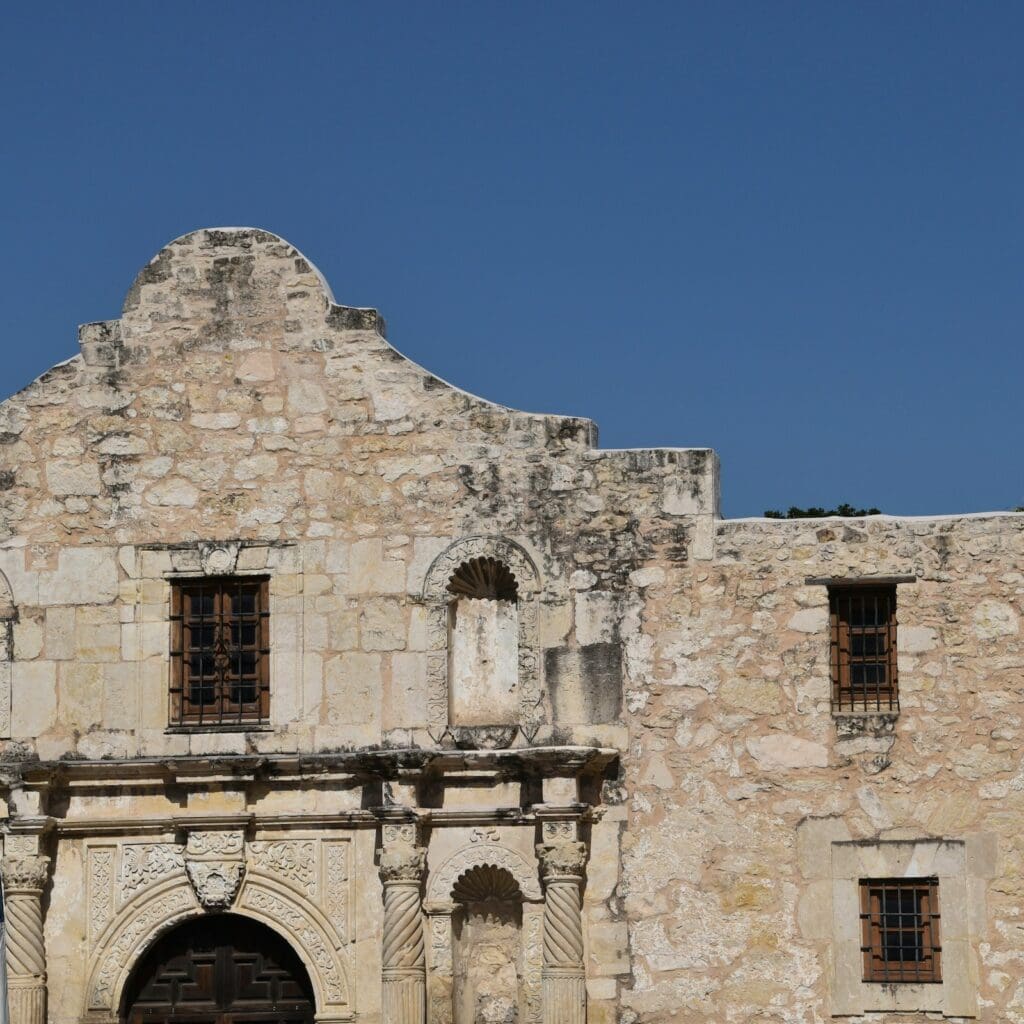
Uncovering the Past Along the Riverwalk’s Picturesque Paths
San Antonio, Texas, is a city where history resonates through the cobblestone pathways and gently flowing waters of its famed Riverwalk. As visitors stroll along the lush banks lined with towering cypress trees, they are walking the same paths that once echoed with the footsteps of Native Americans, Spanish missionaries, and Texan revolutionaries. The Riverwalk, or Paseo del Rio, isn’t merely a picturesque location for dining or leisure; it’s a living exhibit of San Antonio’s storied past where every turn reveals a new chapter in a rich historical narrative.
The heart of San Antonio’s historical allure stems from the convergence of cultures that have shaped its identity. Notable landmarks like the Alamo stand as solemn reminders of the region’s tumultuous battles for independence. Yet, the city’s history is not confined to the walls of its missions or the battlegrounds of its forts. It extends into the daily lives of those who made the city what it is today. The Riverwalk itself was transformed from a simple means of flood control into an iconic urban sanctuary through innovative design, a testament to the city’s ability to reimagine and reinvent itself.
Uncovering the past along the Riverwalk offers a multidimensional experience where each step reveals layers of stories waiting to be discovered. Indigenous legacy, Spanish colonial architecture, and the echoes of the Texan fight for freedom are intertwined along this verdant thoroughfare. The Riverwalk serves as a testament to San Antonio’s resilience and its enduring capacity to honor and preserve its past for generations to come.
Historical Overview
San Antonio’s storied past is woven through the vibrant tapestry of the Riverwalk, reflecting a history marked by Spanish colonial ambitions, heroic battles, and innovative urban development.
Spanish Colonial Era
In the early 18th century, Spanish explorers and missionaries arrived in the region, establishing San Antonio as a key military and missionary center. They laid the foundations for the Alamo, originally Mission San Antonio de Valero, which served as home to missionaries and their Native American converts. By mid-century, five Spanish missions dotted the landscape, contributing to the area’s strategic and religious importance.
Battle of the Alamo
During the Texas Revolution in 1836, the Battle of the Alamo emerged as a pivotal event. A small group of Texan defenders held out for 13 days against the Mexican army’s massive force. While the Alamo fell, the bravery displayed inspired the Texans to continue their struggle for independence, famously rallying under the cry, “Remember the Alamo!”
Development of the Riverwalk
The San Antonio Riverwalk, known today as the Paseo del Río, began in the 1920s as a flood control project. However, it flourished in the 20th century, transforming into a sunken pedestrian walkway lined with shops, restaurants, and historical landmarks. Its growth sparked economic development and tourism, weaving the city’s history with its present-day allure.
Landmarks & Monuments
San Antonio’s Riverwalk is surrounded by historical treasures, each telling its own story of the city’s past. These landmarks and monuments offer a tangible connection to the events and people that shaped the region.
Alamo Plaza
Alamo Plaza is the heart of San Antonio’s history, featuring the Alamo, the site of the famous 1836 battle for Texas’s independence. It remains a symbol of courage and sacrifice. Visitors can explore the old mission, where the walls still echo with the stories of those who fought there.
- Location: 300 Alamo Plaza, San Antonio, TX 78205
- Notable Features:
- The Alamo Church: The iconic facade known worldwide.
- Long Barrack Museum: Exhibits and artifacts of the Texas Revolution.
- Alamo Garden: A peaceful space with a view of the historic structure.
Spanish Governor’s Palace
The Spanish Governor’s Palace, once labeled as the “most beautiful building in San Antonio,” is a National Historic Landmark. This 18th-century edifice served as the residence and office of the presidio captain and reflects Spanish Colonial architecture.
- Location: 105 Plaza De Armas, San Antonio, TX 78205
- Highlights:
- Original building features such as thick stucco walls and a courtyard with a fountain.
- Period furniture and artifacts that provide insight into early Spanish rule.
San Fernando Cathedral
Built in the 1700s, San Fernando Cathedral is one of the oldest active cathedrals in the United States. It stands today not only as a place of worship but also as a testament to San Antonio’s rich religious history.
- Location: 115 Main Plaza, San Antonio, TX 78205
- Key Points:
- Final resting place of some of the Alamo defenders.
- Impressive architecture that beautifully combines Gothic and Colonial design.
- The cathedral is center stage for various cultural events throughout the year.
Museums & Cultural Institutions
San Antonio’s Riverwalk area is not just a modern tourist hub; it is also a vibrant center of history and culture with museums that offer glimpses into the past. These institutions preserve and interpret the rich heritage of Texas, featuring extensive collections and exhibits.
Briscoe Western Art Museum
The Briscoe Western Art Museum presents an array of art and artifacts that encapsulate the American West’s history and culture. Visitors can explore two floors of exhibits that include Santa Anna’s sword and a stagecoach from the 19th century.
San Antonio Museum of Art
Located in a historic brewery, the San Antonio Museum of Art houses diverse collections showcasing over 5,000 years of culture. Highlights include:
- Ancient Mediterranean art
- Asian art
- Contemporary American paintings
Institute of Texan Cultures
The Institute of Texan Cultures is dedicated to telling the story of Texas’s diverse cultural landscape. Exhibits focus on the stories and contributions of various communities to the state’s development, including Native Americans, immigrants, and pioneers.
Walking Tours
Exploring the San Antonio Riverwalk through walking tours offers an engaging way to discover the area’s rich history. Visitors can choose from guided tours with knowledgeable experts, self-guided adventures at their own pace, or even nightly ghost tours for a spine-tingling experience.
Guided Historical Tours
Alamo City History Tours offers a detailed exploration of San Antonio’s past with informed guides providing insight into the city’s fascinating stories. The Riverwalk Historical Walk is available daily and lasts approximately 2 hours, covering key landmarks and hidden gems.
- Tour Highlights Include:
- The Alamo
- La Villita Historic Arts Village
- Spanish Governor’s Palace
Self-Guided Itineraries
For those who prefer to explore independently, the San Antonio Riverwalk provides free, downloadable maps for self-guided tours.
- Features of Self-Guided Itineraries:
- Flexibility to start and stop at any time
- Highlighted routes featuring historical points of interest
Visitors can personalize their journey, spending more time at locations that pique their interest.
Ghost Tours
For the adventurous at heart, the Riverwalk Spirit Walk dives into the eerie tales of the past. These nighttime tours reveal the haunted history of San Antonio with storytelling that brings the city’s ghostly legends to life.
- Tour Times:
- Nightly at 8 PM
- Special late-night tours on Halloween
Places known for paranormal activity like the Menger Hotel and the Aztec Theatre are key stops.
Preservation Efforts
Preservation efforts along San Antonio’s Riverwalk are multifaceted, focusing on maintaining the integrity of historic structures, promoting educational outreach, and encouraging community participation.
Conservation Projects
- San Antonio River Authority (SARA) actively restores historic buildings and landscapes along the Riverwalk. Key projects include:
- The Aztec Theatre Renovation: A 1926 Meso-American architectural gem restored to its original luster.
- La Villita Historic Arts Village Upkeep: Ongoing maintenance of this 18th-century village to preserve its charm and historical significance.
Educational Programs
San Antonio offers a range of educational programs aimed at enhancing public understanding of the Riverwalk’s heritage:
- Historic Tours: Guided walks providing insights into the Riverwalk’s past.
- Workshops and Seminars: Hosted by local museums, these events cover preservation techniques and the area’s history.
Community Involvement
Community support is vital to the success of preservation efforts:
- Volunteer Opportunities: Residents can help with conservation efforts and events promotion.
- Public Meetings: The city holds forums to discuss future projects and gather input.







